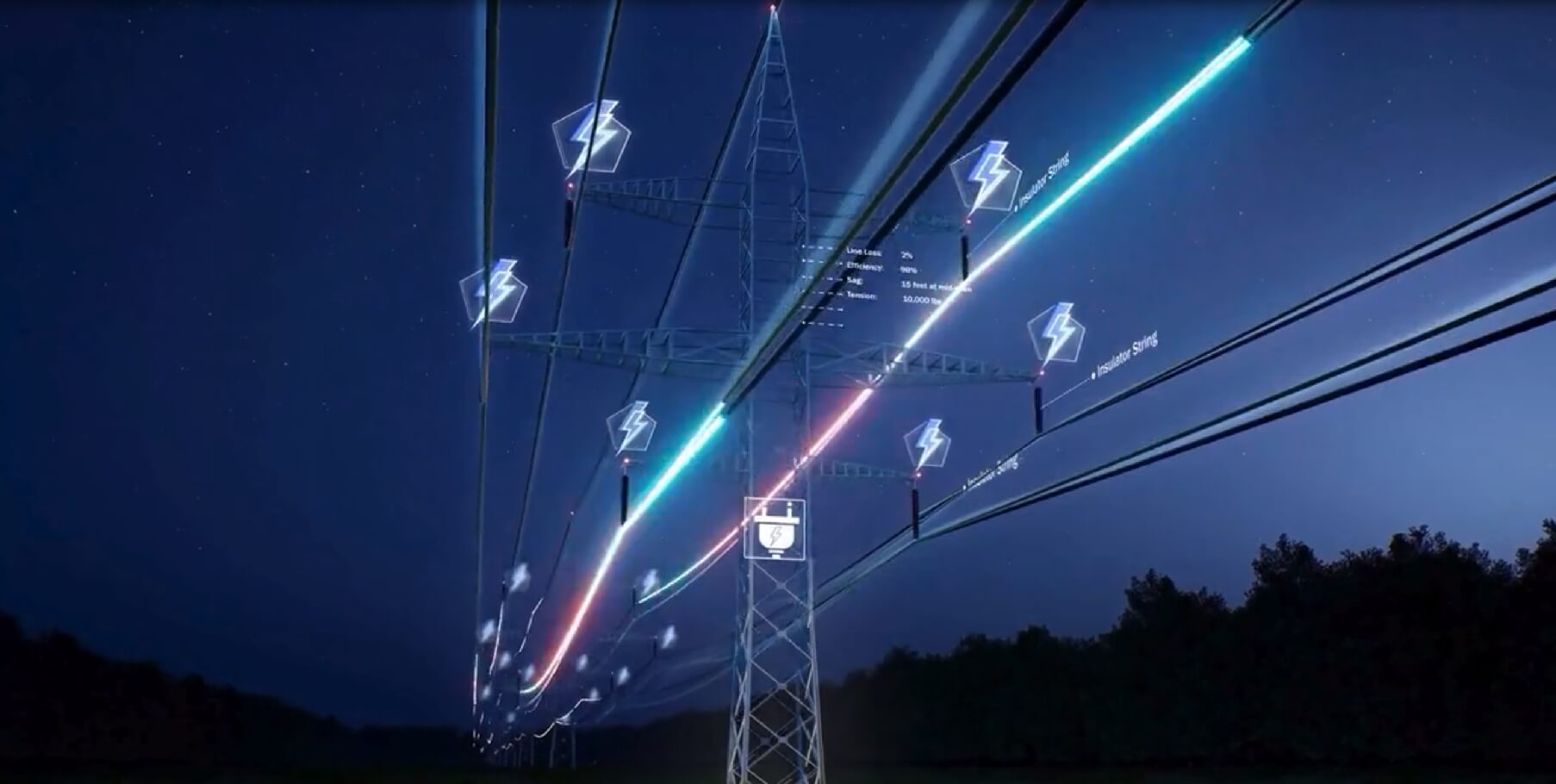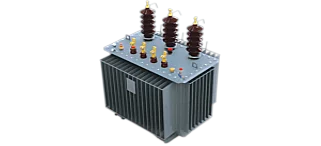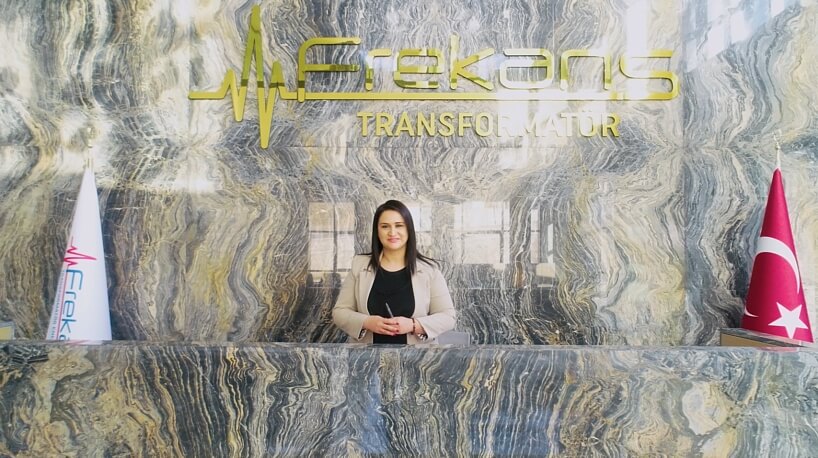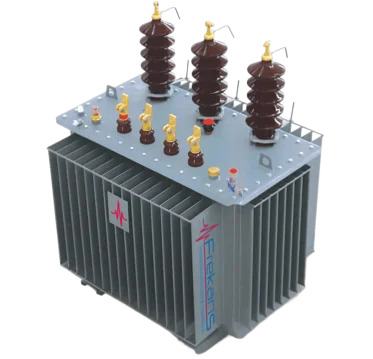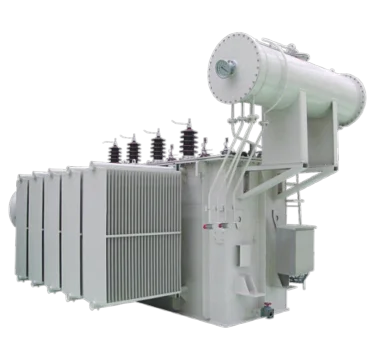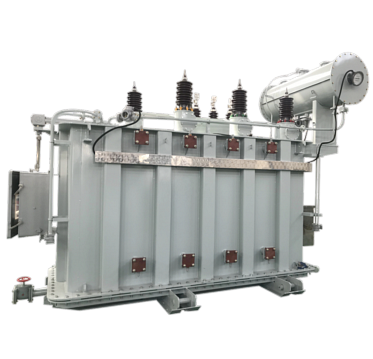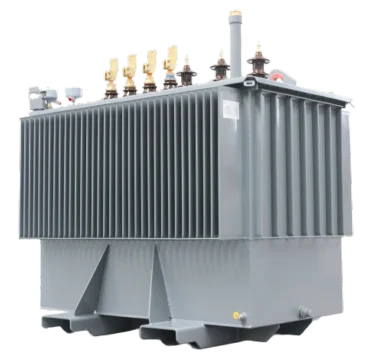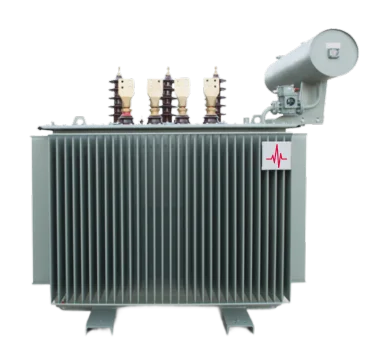FREQUENCY TRANSFORMER - TRANSFORMER REPLACEMENT
FREQUENCY TRANSFORMER, we provide end-to-end transformer replacement services at your existing transformer sites, including the supply of new transformers compatible with the same footprint, assembly and disassembly coordination, and commissioning support. Our goal is to increase reliability and efficiency by minimizing downtime.
Why Us?
- Rapid assessment: Preliminary quote and compatibility analysis within 24–48 hours
- Engineering compliance: Matching with existing connection group, impedance, short-circuit level, and nameplate values
- Logistics and planning: Crane, transportation, temporary power, and site coordination
- Standard compliance: IEC/EN 60076, EcoDesign loss classes, and local DSO specifications
- Documentation: Type/routine test reports, CE/CoC, nameplate, installation, and commissioning procedures
Scope and Services:
- Dismantling: Safe de-energization of the old transformer, oil draining, and disposal in accordance with environmental regulations
- Supply: New transformer, oil- or dry-type (cast resin), with hermetic/expansion tank
- Reorientation: Mechanical adapters for identical terminal/header positions, footprint, and cable height
- Auxiliary equipment: RMU/cubicle settings, LV panel connections, CT/VT, and relay compatibility
- Commissioning: Routine checks, isolation/partial discharge (dry type), oil tests (DGA, humidity), measurements under load
- Waste management: Coordination of licensed transportation/recycling of old oil and equipment
Technical Attention Points:
- Voltage and tap ranges: E.g., 36/0.4 kV; ±2x2.5% or ±5x1.5% tap options
- Connection group: Dyn11, etc.; system synchronization and phase rotation must be verified
- Short-circuit power and impedance: Compatibility with the existing grid, effect of protection settings
- Losses and noise: EcoDesign loss class, compliance with dB(A) limits for residential areas
- Cooling and oil: ONAN/ONAF; mineral or natural ester (FR3) – fire/environmental safety
- Environment and site: Temperature, altitude, corrosion class (C3–C5-M), IP protection and seismic requirements
Typical Replacement Process:
- Preliminary survey and data collection: Nameplate information, single-line diagram, cable/terminal dimensions, photographs
- Compliance engineering: Electrical and mechanical pairing, adapter/terminal plan
- Quotation and delivery: Production/supply plan, FAT schedule, and shipping
- Site preparation: De-energization plan, crane/equipment, temporary power organization
- Disassembly and assembly: Removal of old transformer, placement of new transformer, connections
- Testing and commissioning Receiving: Insulation/pile tests, ratio/impedance verification, measurement under load
- Delivery and training: Operation/maintenance instructions and spare parts list
Frequently Asked Questions:
- What will be the downtime? Most replacements can be completed within 6–24 hours, depending on the configuration.
- Will it fit the old foundation? The "bolt holes" are usually protected with footprint matching and/or a base adapter.
- Oil treatments? Oil sampling, DGA, moisture, and dielectric tests are performed; a natural ester option is available.
- Permits? We plan and coordinate DSO/AMR, occupational safety, and environmental permits.
Required information for the offer (checklist):
- Name of the existing transformer (kVA, MV/LV voltage, connection group, impedance, tap)
- Loss values and noise target
- Terminal/header type and cable entry direction
- Site dimensions, foundation/footprint, access and crane capabilities
- Operating conditions: Temperature, altitude, corrosion, and IP/seismic requirements
- Delivery target and delivery method (EXW/FCA/CPT/DAP)
Call to Action: Share your nameplate photo, single-line diagram, and site visuals for your transformer replacement project. We'll provide a compatibility analysis and a quote with a clear deadline within 24–48 hours.






